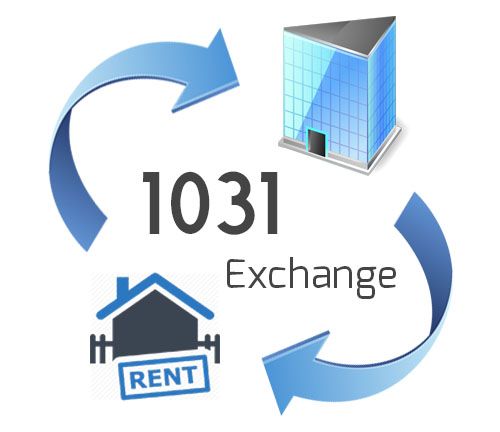Types of 1031 Exchanges
We’ve covered what a 1031 is, along with its benefits , requirements , and timeline. Now we’re going to cover the different types of 1031 exchanges. For those who need a refresher, a 1031 exchange lets an investor defer paying capital gains on one investment property when the investor purchases a like-kind property. Here are the three most common types real estate investors use.
Delayed 1031 Exchanges
A delayed 1031 exchange is the most common type, commonly called a 1031 exchange. This means the real estate investor sells his old property before purchasing a new one. Once the property is sold, the investor must identify one or more replacement properties within 45 days of the sale and close on the replacement property within 180 days. This is the 1031 exchange we talk about the most.
Reverse 1031 Exchanges
At Boise Turnkey Properties, we also guide our clients through what’s called a ”Reverse 1031 Exchange” that allows our investors to buy their new property first, then sell a subject property at a later date. The investor purchases the replacement property before selling the other property in this exchange.
While this step is out of order compared to a delayed 1031 exchange, it still follows the same timeline and guidelines mentioned above. But instead of having 180 days to close on a new property, the investor has 180 days to sell the old property for equal or lesser value of the replacement property. It still follows the exact requirement in that both properties must be like-kind.
The most significant change with this exchange is the requirement of an exchange accommodation titleholder or EAT. The investor will choose an EAT to hold the title of the new property throughout selling and closing on the old property. The investor and the EAT create a Qualified Exchange Accommodation Agreement (QEAA) to outline the terms of the exchange. This 1031 also requires a Qualified Intermediary (QI) who will transfer the title of the old property to the new property buyer. Later, they will transfer the title from the EAT to the investor.
This type of exchange allows an investor to purchase a property before selling the old property. This process and exchange gives the investor more time and flexibility, and control over the sale of the old property.
Build-to-Suit 1031 Exchanges
A build-to-suit 1031 exchange is used by real estate investors building a property or renovating a current property. The timeline and rules are similar to that of a delayed 1031 exchange. This exchange will also require an EAT and QI like the reverse exchange. Build-to-suit exchanges can be structured like a delayed exchange where the old property is sold before the new one is bought, or like a reverse exchange when the replacement property is purchased first, then the old one is sold.
This exchange can be stressful, though, because if construction and renovations are not complete within the 180 days of closing on the old property, the uncompleted portion of the project would be considered taxable by the IRS and cannot qualify for the exchange.
Contact our team at Boise Turnkey Properties today if you’re a real estate investor looking to explore creative solutions to defer capital gains taxes. Call us today at (208) 957-0870, email us at corby@boiseturnkey.com, or fill out the form below. We would be honored to personally help you through the 1031 exchange process.











